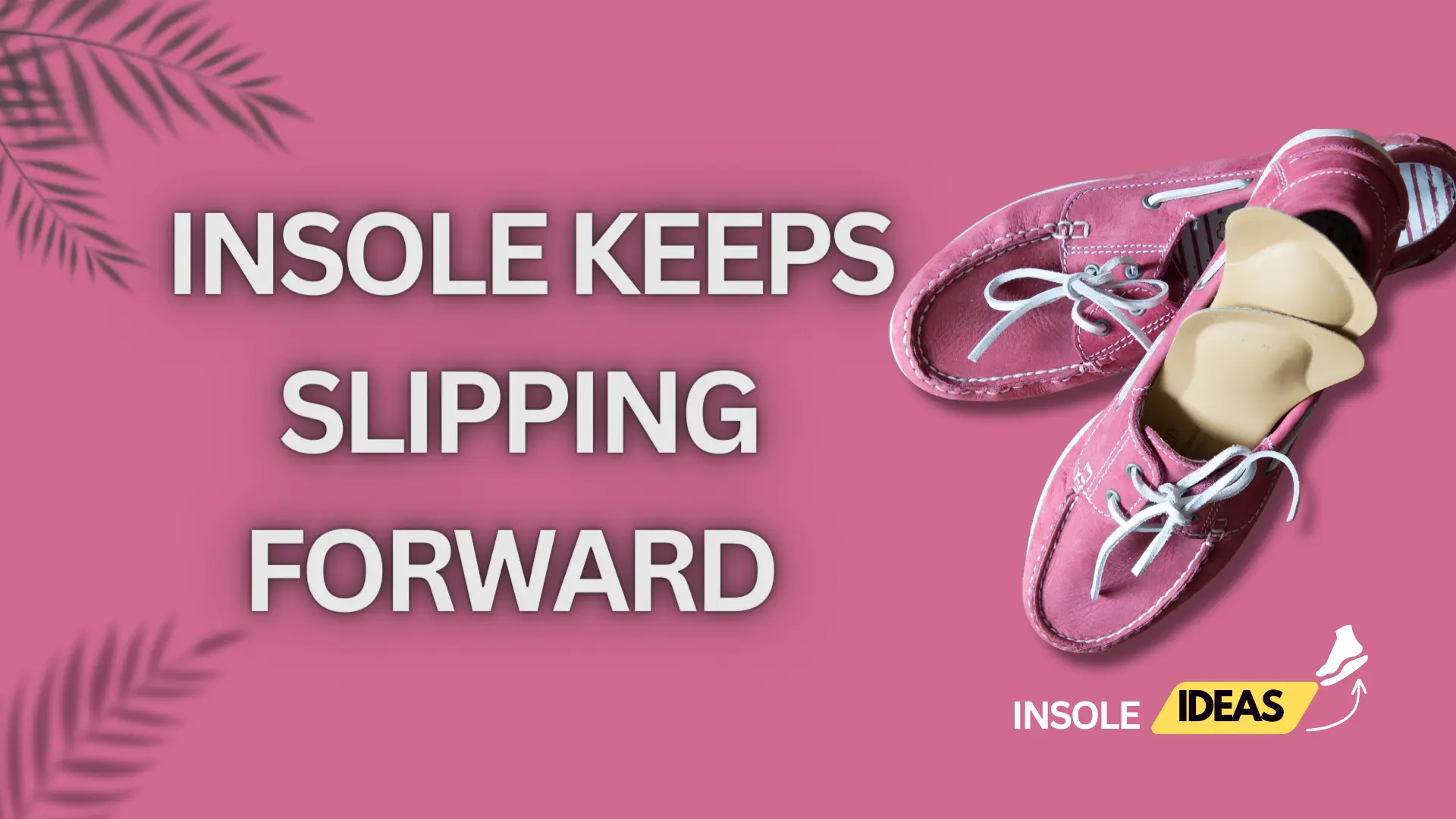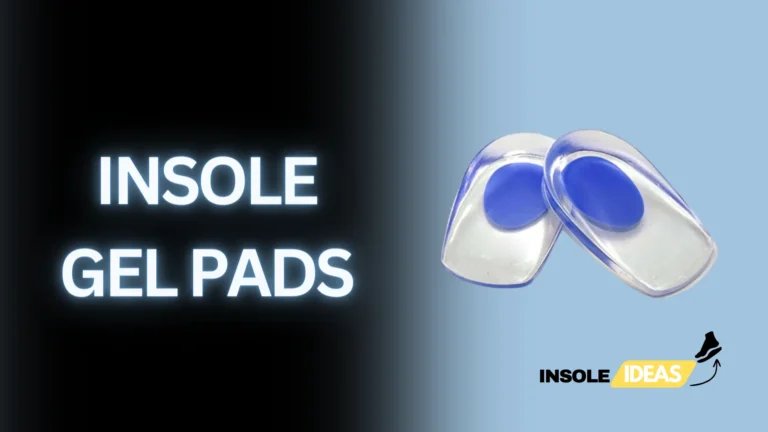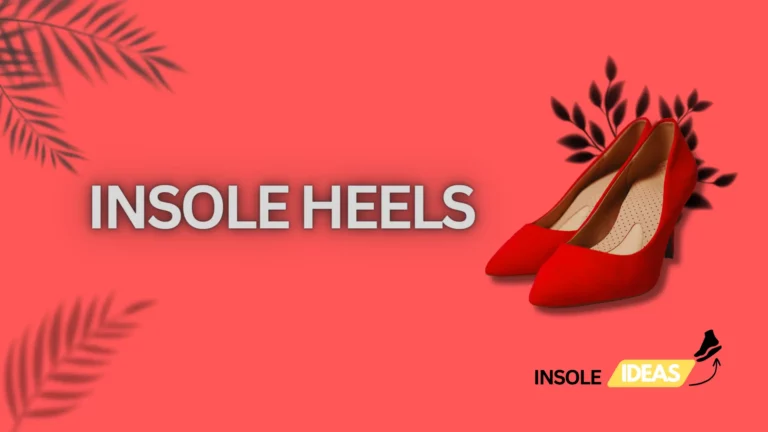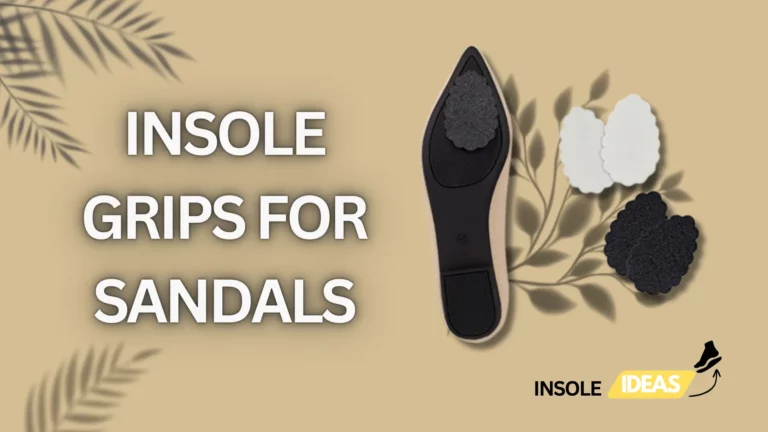Insole Slipping Forward
When an insole slips forward in a shoe, it can cause discomfort, altering the foot’s alignment and leading to potential foot health issues. The insole’s displacement can result in uneven pressure distribution, impacting natural gait, and causing discomfort or pain during movement.
Importance of a Properly Positioned Insole
The correct placement of an insole within a shoe is crucial for both comfort and foot health. A well-positioned insole provides proper arch support, cushioning, and stability. It aids in aligning the foot correctly, reducing strain on muscles and ligaments, and preventing potential injuries caused by irregular foot mechanics.
Reasons for Insole Slippage
Incorrect Shoe Size or Insole Size
Insoles slipping forward often occur when the shoe or insole size is incorrect. A larger or smaller insole relative to the shoe size can lead to movement within the shoe, causing the insole to slide forward with foot movement.
Lack of Adhesion or Grip
Insufficient adhesion or grip between the insole and the shoe’s inner surface can lead to slippage. Insoles with inadequate gripping properties or shoes with smooth interiors may fail to hold the insole in place, especially during active use.
Foot Movement and Friction
Normal foot movement during walking or running combined with friction between the insole and the foot/shoe interior can gradually displace the insole forward.
Solutions to Prevent Insole Slippage
Properly Fitting Insoles and Shoes
Ensuring the correct size of both the insole and the shoe is fundamental. Insoles should match the shoe size to prevent excessive movement. Additionally, selecting shoes that accommodate insoles properly aids in minimizing slippage.
Using Adhesives or Tapes
Applying double-sided tape, adhesive strips, or non-slip pads enhances the grip between the insole and shoe, preventing forward movement.
Specialized Insoles or Products
Choosing gel-based or anti-slip insoles, or those with specific contours for better arch support, can significantly reduce insole slippage by providing a snug fit within the shoe.
Practical Steps to Address Insole Slippage
Cleaning and Preparing Surfaces
Before applying any adhesives or making adjustments, it’s crucial to clean both the shoe and the insole surfaces thoroughly. Remove any dirt, dust, or residues that might interfere with adhesion. Use a gentle cleanser or rubbing alcohol for this purpose.
Applying Adhesives Correctly
When using double-sided tape, adhesive strips, or grips, ensure they are applied evenly across the surface of the insole. Press firmly to secure the adhesion, following the manufacturer’s instructions. Proper application enhances grip without causing discomfort.
Regular Readjustment
Even with adhesives, regular readjustment may be necessary. Check the insole position periodically, especially after rigorous activities. Reapply adhesives if needed to maintain a secure fit.
Additional Tips for Maintaining Insole Position
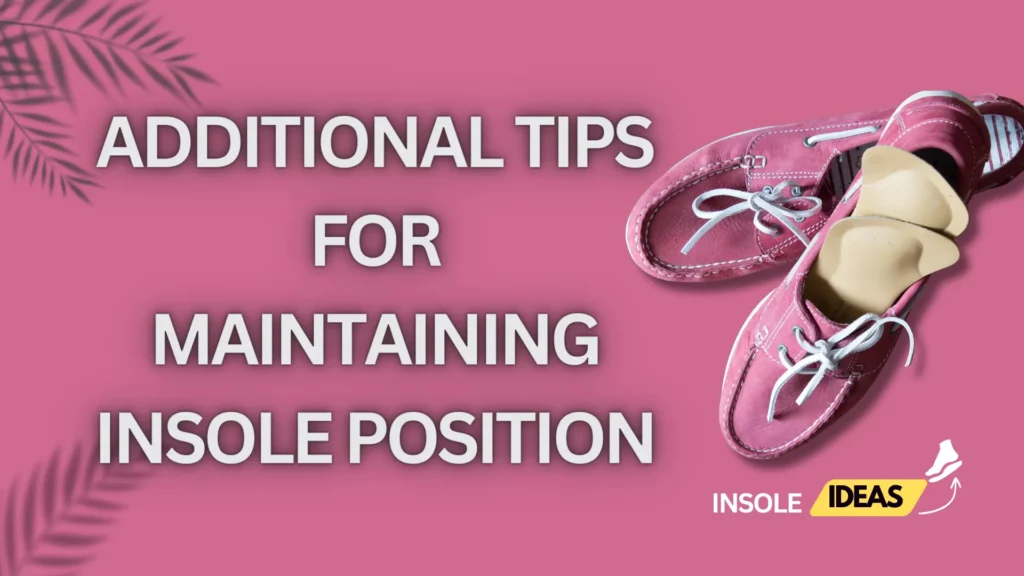
Wearing Appropriate Socks
Choosing socks that complement the insole and shoe combination can minimize slippage. Socks with good grip or those designed for sports activities can help keep the insole in place.
Using Friction-Reducing Products
Powders or sprays designed to reduce friction between the insole, foot, and shoe interior can be beneficial. These products reduce movement and help the insole stay in position.
Seeking Professional Advice
Persistent insole slippage might indicate an underlying issue. Seeking advice from a podiatrist or a footwear specialist can provide insights into specific foot conditions or suggest customized solutions.
Conclusion
Importance of Addressing Insole Slippage
Insole slippage isn’t just an inconvenience; it can lead to discomfort and potential foot problems. The significance of dealing with this matter emphasizes how important it is to take good care of and feel comfortable in one’s feet.
Exploring Different Solutions
Encouraging individuals to explore various solutions ensures they find what works best for their specific needs. Trying different methods can lead to improved comfort, foot health, and overall satisfaction.

